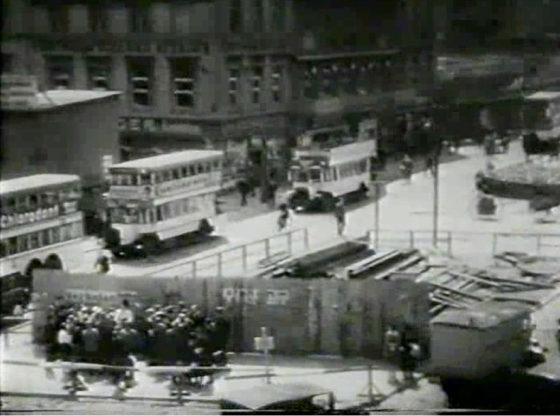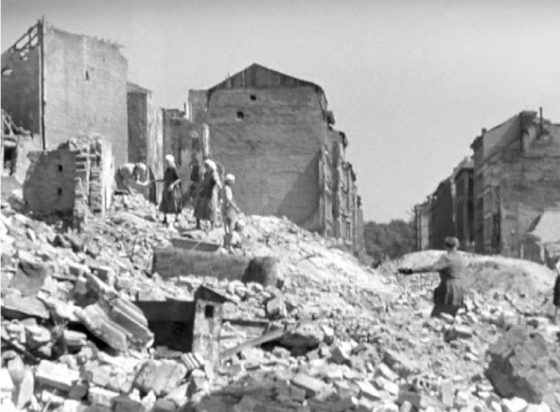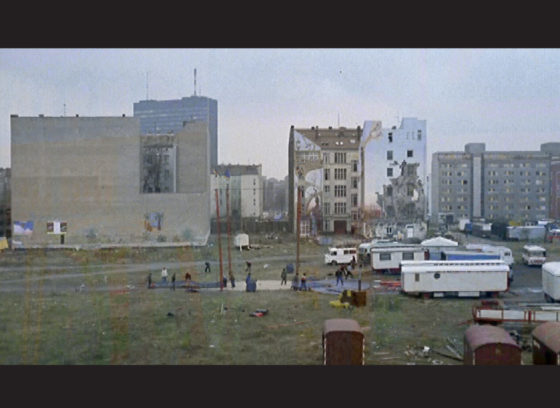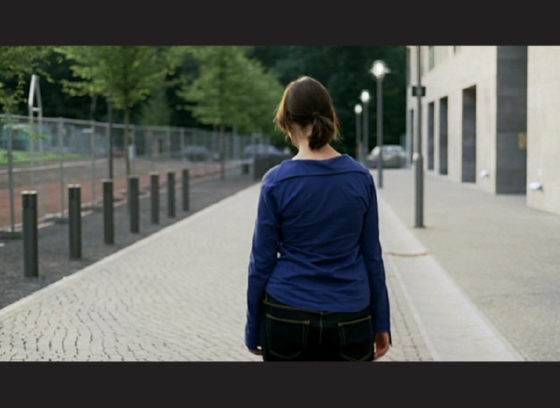Representation of Urban Landscapes in Berlin Through Film
This transdisciplinary study discusses the construction of urban landscapes in feature films and their implications for design practice. It defines the urban landscape as a changing cultural construct comprising the spatio-physical facts of manmade landscape in the broadest sense, along with imaginary immaterial aspects of perception and of the collective memory.
For as long as anyone can remember, a whole variety of pictorial media have been adduced for the media representation of landscape. They either documented an external physical landscape reality, or else they illustrated abstract ideas and immaterial notions. The physical landscape, particularly the contemporary urban landscape, evinces an increased degree of complexity which can no longer be validly represented by a still picture. The mutual referencing of urban landscape and feature film as cultural constructions opens up a space for an extended relationship to image and perception. The feature film is a mass entertainment medium that uses the givens of the collective memory and the technical possibilities of the moving picture, allowing a high degree of simulation to generate a corresponding fictional and media space. Fictive narratives like this relate audio-visually not only to the physical environment, such as urban spaces and landscapes, but also inscribe themselves into the perceptual habits of the viewer and create a filmic way of seeing, which can provide the foundation for a new understanding of the urban landscape.
To the extent that the feature film confronts the urban landscape in a narrative fashion, it connects places and stories. Thus film pictures can turn what was once an unspectacular actual location into something special by dint of the film action. The feature film can charge places with meaning that remains behind when the art-work has come and gone. In this way, the filmic gaze can also generate images for hitherto little-noticed sites on the fringe of society’s perception, and contribute to giving them an identity.
The representation of urban landscape in the feature film thus proves to be an instrument that can provide insights for planning and design practice.



